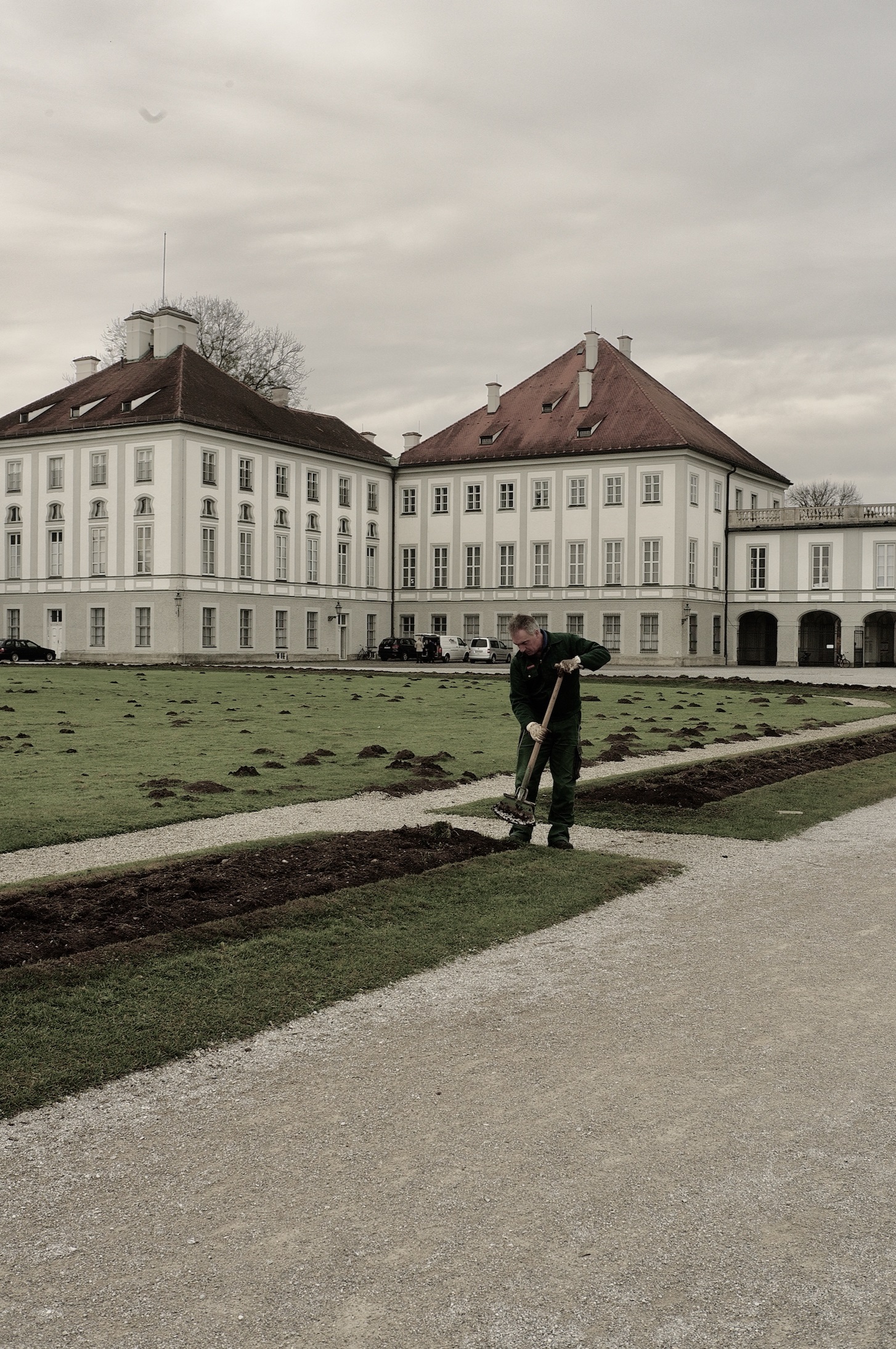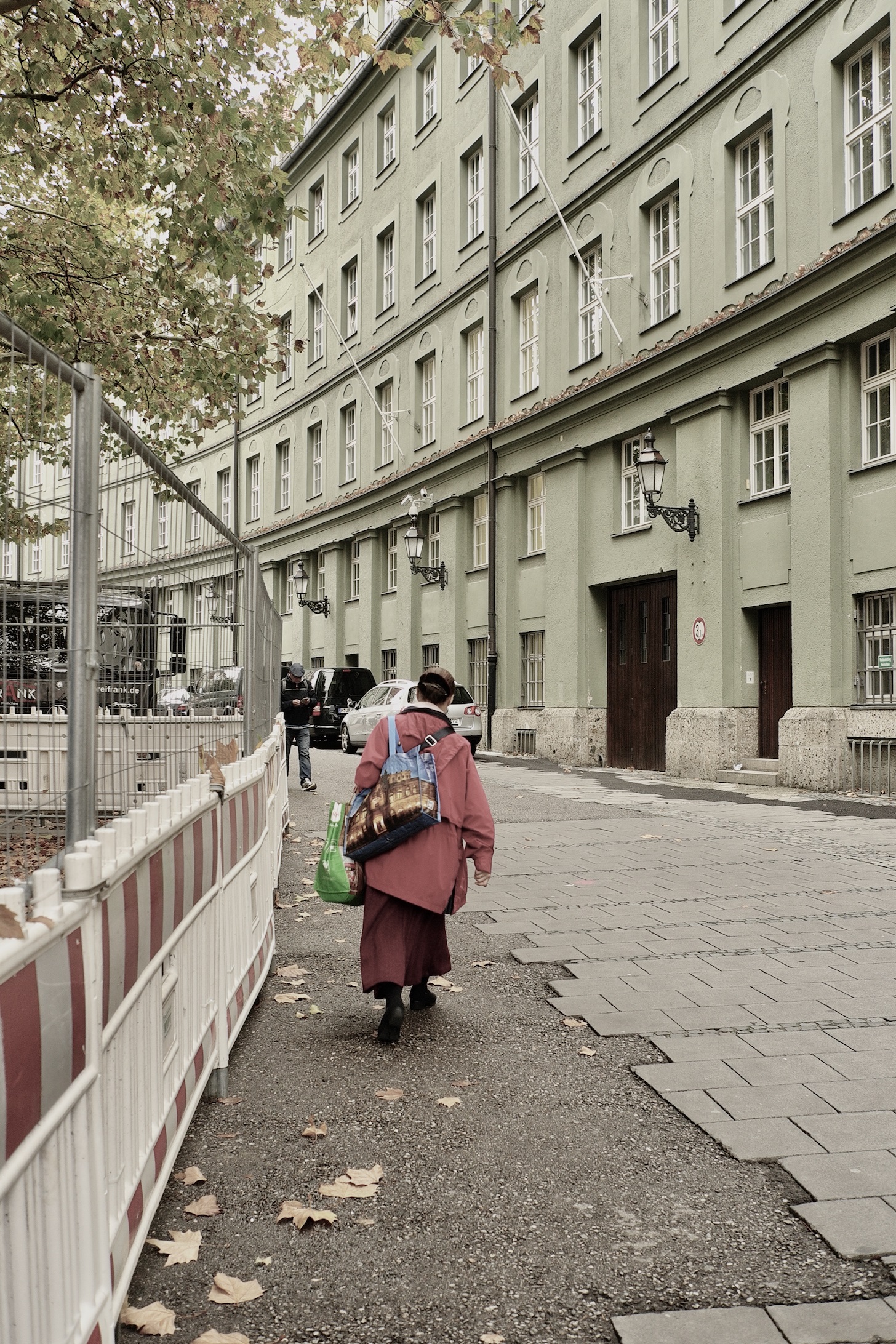München, heimliche Hauptstadt
On the front page of Der Spiegel on September 22, 1964, Deutschlands heimliche Hauptstadt München (“Munich, Germany’s secret capital”): in a lengthy article, a German journalist sets out to detail every nook and cranny of the city. With patience, he undertakes to analyze Munich’s most well-known features, combining descriptions, figures and first-hand accounts. His final verdict: “Im Grunde ist vieles von dem, was Münchens Renommee ausmacht, nichts weiter als eine liebe Täuschung.” (“Ultimately, much of what makes Munich famous is a mere illusion.”) A paradox? As the economic, political, cultural and now even academic capital of Bavaria, Munich can pride itself on being its undisputed heart since the Second World War. Home to the headquarters of many major corporations and a leading center for education, research and culture, the city is renowned for its high quality of life and its safety. Yet a certain ambivalence remains: despite its thriving economy, its high living standards and its scientific and artistic dynamism, Munich still retains a distinct village atmosphere, and yesterday’s ghosts and today’s inequalities lurk beneath its affluent appearance. While its unemployment rate is the lowest of any German city with a population of over one million, Munich nevertheless remains the scene of socio-economic disparities and political tensions, particularly since a mass shooting in a shopping mall in 2016, which gave rise to a certain feeling of insecurity. Partly an attractive, outward-looking global city, partly a Millionendorf (“village of a million inhabitants”) faithful to its traditions, Munich brings together contradictory viewpoints on what living in a major metropolis means today. Thus, the series München, heimliche Hauptstadt is an exploration of Munich’s urban fabric through the prism of this fundamental issue that keeps being raised in our contemporary societies: what sense can we make of our current lifestyles in urban areas of major significance?
























